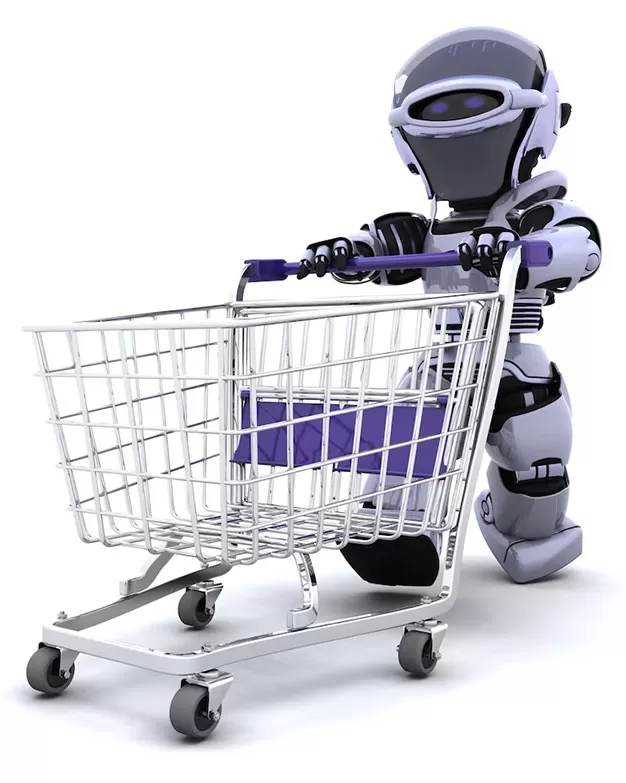The rapid advancements in technology have not only changed the way we communicate and work but have also revolutionized the shopping experience. Artificial Intelligence (AI) has been at the forefront of this transformation. This article will delve into the many ways AI is shaping the shopping experience of today and tomorrow, making it more personalized, efficient, and enjoyable for customers.
Personalized Recommendations
AI algorithms analyze vast amounts of customer data to create personalized recommendations for each individual shopper. These algorithms use data points like browsing history, purchase history, and social media activity to understand the preferences and needs of each customer. By doing so, AI systems can offer tailored product suggestions, promotions, and discounts, which can lead to higher conversion rates and customer satisfaction.
Virtual Assistants and Chatbots
Virtual assistants and chatbots have become an essential part of the shopping experience. They provide instant customer support, helping shoppers with their queries, product information, and even guiding them through the purchase process. These AI-powered tools can understand natural language, respond to complex questions, and offer personalized assistance. This not only improves customer service but also reduces the need for human customer support staff, saving businesses both time and money.
Visual Search and Voice Search
The introduction of visual search and voice search has made it even easier for customers to find the products they want. By simply taking a picture or speaking a command, AI algorithms can quickly identify the desired item and direct the user to relevant product listings. This technology is particularly helpful for shoppers who have difficulty describing what they are looking for, providing a more seamless and enjoyable shopping experience.
Inventory Management and Pricing Optimization
AI-powered systems can analyze and predict demand patterns, enabling retailers to optimize their inventory levels and pricing strategies. This leads to reduced waste, increased sales, and better customer satisfaction as items are more likely to be in stock and competitively priced. Furthermore, AI can analyze competitor pricing and market trends to help businesses stay ahead of the curve and maintain an edge in the market.
The introduction of visual search and voice search has made it even easier for customers to find the products they want. By simply taking a picture or speaking a command, AI algorithms can quickly identify the desired item and direct the user to relevant product listings. This technology is particularly helpful for shoppers who have difficulty describing what they are looking for, providing a more seamless and enjoyable shopping experience.
Conclusion
The integration of AI in the shopping experience has not only made it more efficient and personalized for customers but also given businesses the tools to optimize their operations and stay competitive in the market. As AI technology continues to advance, we can expect even more significant improvements and innovations in the retail sector, shaping the future of shopping for the better.
